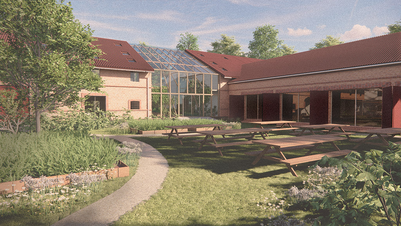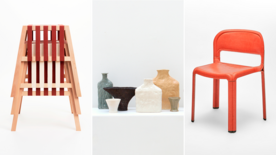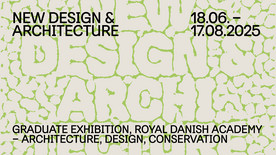
Plastination seen with three sets of conservator eyes - the conserving eye, the storing eye and the mediating eye - is there a conflict of interests?
This thesis is about the use of plastination in the field of conservation and tells about the history of plastination and describes the plastination process.
The thesis describes the transformation from living to dead tissue and the signs and symptoms related to this transition. It tells about the methods used to preserve animal and human tissue.
Results of a study with accelerated aging, on plastinated items, show that, plastinated tissue is hygroscopic, sensitive for UV-radiation and reacts to increased temperatures. The study also shows that these factors have minimal influence on plastinated tissue.
Through descriptions of learning- and mediating theories the thesis shows the potentials of plastination in education and exhibitions. It tells about the ethic problems exhibitions like BODY WORLDS and Bodies - The exhibition have experienced.
In the field of conservation there are certain contradictions, concerning method and purpose (reversibility vs. destruction; research vs. exhibition). The thesis shows that some of those contradictions seem to be evened out by the use of plastination.











